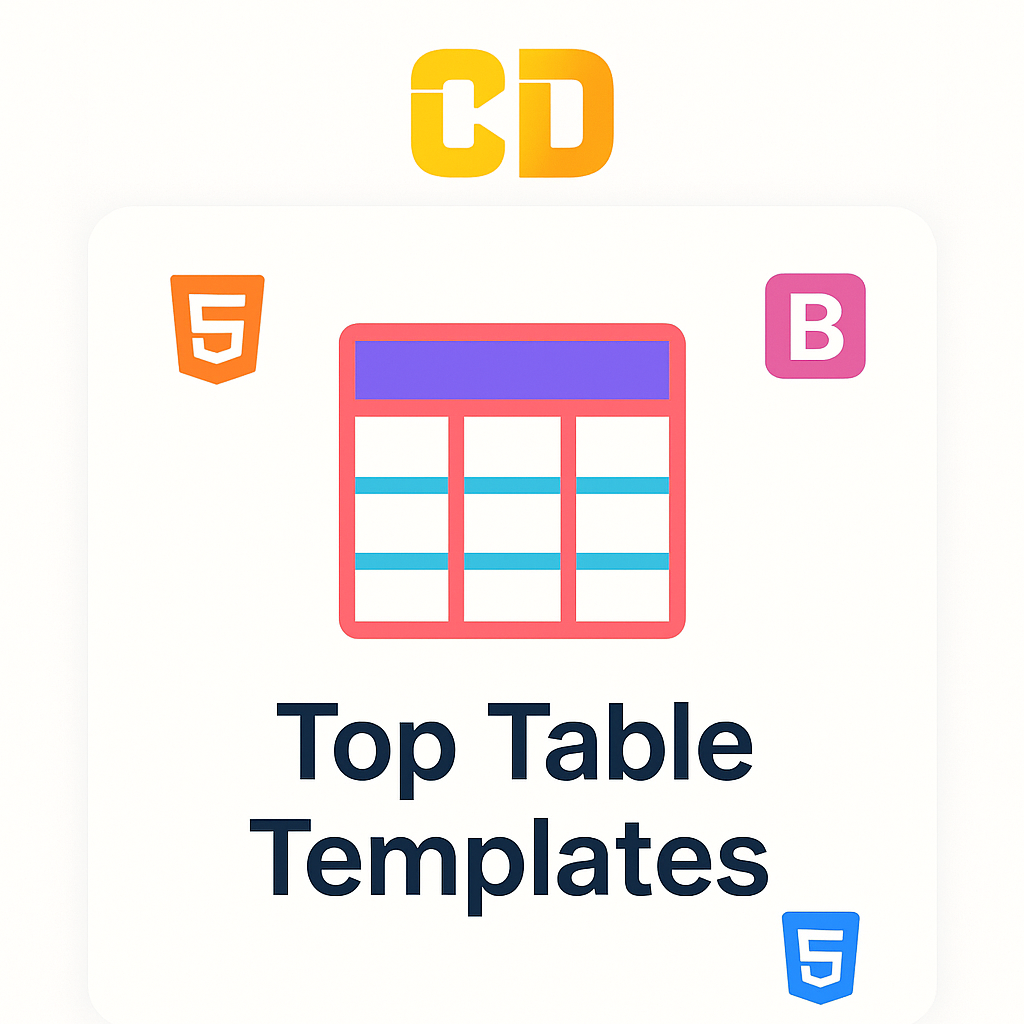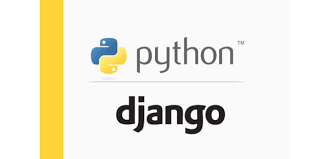As a Web Developer, you are expected to have a solid understanding of web technologies and best practices. Capgemini, being a prominent global consulting and technology services company, seeks candidates who can deliver high-quality web solutions. Here are the Top 20 Web Developer Interview Questions you may face during your Capgemini interview, along with their answers.
1. What is the difference between HTML and HTML5?
HTML5 is the latest version of HTML that includes new features and improvements over its predecessor. Key differences include support for audio and video embedding, improved form controls, and semantic elements like <header>, <footer>, and <article> that enhance the structure of web pages.
2. What are the main components of CSS?
The main components of CSS include:
- Selectors: Define which HTML elements to style (e.g.,
div,.class,#id). - Properties: Define the aspects to be styled (e.g.,
color,font-size,margin). - Values: Specify the settings for each property (e.g.,
blue,16px,10px).
3. Explain the box model in CSS.
The box model describes how elements on a web page are structured and sized. It consists of:
- Content: The inner part where text and images appear.
- Padding: The space between the content and the border.
- Border: The line surrounding the padding and content.
- Margin: The space outside the border, separating the element from others.
4. What is the purpose of JavaScript in web development?
JavaScript is a scripting language used to create dynamic and interactive web pages. It allows developers to manipulate the DOM, handle events, validate forms, and communicate with servers through AJAX, enhancing user experience.
5. What are the differences between == and === in JavaScript?
==(Equality Operator): Compares values for equality, performing type coercion if necessary (e.g.,5 == '5'istrue).===(Strict Equality Operator): Compares both value and type without type coercion (e.g.,5 === '5'isfalse).
6. What are CSS preprocessors?
CSS preprocessors are scripting languages that extend CSS with additional features like variables, nested rules, and functions. They allow for more maintainable and efficient styling. Common preprocessors include SASS, LESS, and Stylus.
7. Explain the concept of responsive web design.
Responsive web design is an approach to web development that ensures a website looks and functions well on a variety of devices and screen sizes. It employs flexible grids, layouts, images, and CSS media queries to adapt to different viewing environments.
8. What is the Document Object Model (DOM)?
The Document Object Model (DOM) is a programming interface that represents the structure of an HTML or XML document as a tree of objects. It allows developers to manipulate the content, structure, and style of web pages dynamically using JavaScript.
9. How do you optimize website performance?
To optimize website performance, consider the following strategies:
- Minimize HTTP requests by combining files.
- Use asynchronous loading for JavaScript.
- Optimize images and assets.
- Implement caching strategies.
- Use Content Delivery Networks (CDNs).
10. What are web standards?
Web standards are guidelines and specifications established by organizations like W3C to ensure the interoperability and accessibility of web content across different browsers and devices. They promote best practices in web development and design.
11. What is AJAX and how is it used?
AJAX (Asynchronous JavaScript and XML) is a technique that allows web applications to send and receive data asynchronously without refreshing the entire page. It enables dynamic content updates, providing a smoother user experience.
12. Explain the concept of Cross-Origin Resource Sharing (CORS).
CORS is a security feature that allows or restricts resources requested from a different domain than the one serving the web page. It is important for preventing cross-origin attacks and ensuring that only authorized domains can access a web application's resources.
13. What is the role of a web framework?
A web framework provides a foundation for building web applications, offering tools and libraries to streamline development processes. It enforces best practices, organizes code, and promotes scalability. Popular frameworks include React, Angular, Vue.js, and Express.js.
14. What are semantic HTML elements?
Semantic HTML elements provide meaning to the web content, improving accessibility and SEO. Examples include <header>, <footer>, <article>, <section>, and <nav>, which convey the structure and purpose of the content they contain.
15. What is the purpose of the viewport meta tag?
The viewport meta tag controls the layout of a webpage on mobile browsers. It allows developers to set the width and scaling of the viewport, ensuring that web pages render correctly on different devices. An example is <meta name="viewport" content="width=device-width, initial-scale=1.0">.
16. How do you ensure web accessibility?
To ensure web accessibility, follow these practices:
- Use semantic HTML for proper structure.
- Provide alternative text for images (using the
altattribute). - Ensure sufficient color contrast between text and background.
- Use ARIA (Accessible Rich Internet Applications) roles and attributes when necessary.
- Ensure keyboard navigability and support for screen readers.
17. What are web cookies?
Web cookies are small pieces of data stored on a user's device by the web browser. They are used to remember user preferences, session information, and track user behavior across sessions. Cookies can be session-based or persistent.
18. What is the difference between a class and an ID in CSS?
- Class: A reusable style that can be applied to multiple elements. It is defined with a dot prefix (e.g.,
.classname). - ID: A unique identifier that can be applied to only one element on a page. It is defined with a hash prefix (e.g.,
#idname).
19. What are the advantages of using a CSS framework?
CSS frameworks offer predefined styles and components, speeding up the development process. They promote consistency across projects, provide responsive grid systems, and often include built-in support for common UI elements. Examples include Bootstrap, Foundation, and Bulma.
20. How do you implement error handling in JavaScript?
Error handling in JavaScript can be implemented using:
- Try-Catch: Surrounding code that may throw an error with a try block and handling the error in the catch block.
- Promise.catch(): For handling errors in Promises.
- Global Error Handling: Using
window.onerrorfor unhandled errors.
Conclusion
These are the top 20 Web Developer interview questions you may encounter at Capgemini. By preparing thoroughly for these questions, you'll enhance your confidence and improve your chances of success in the interview.








Add a comment: